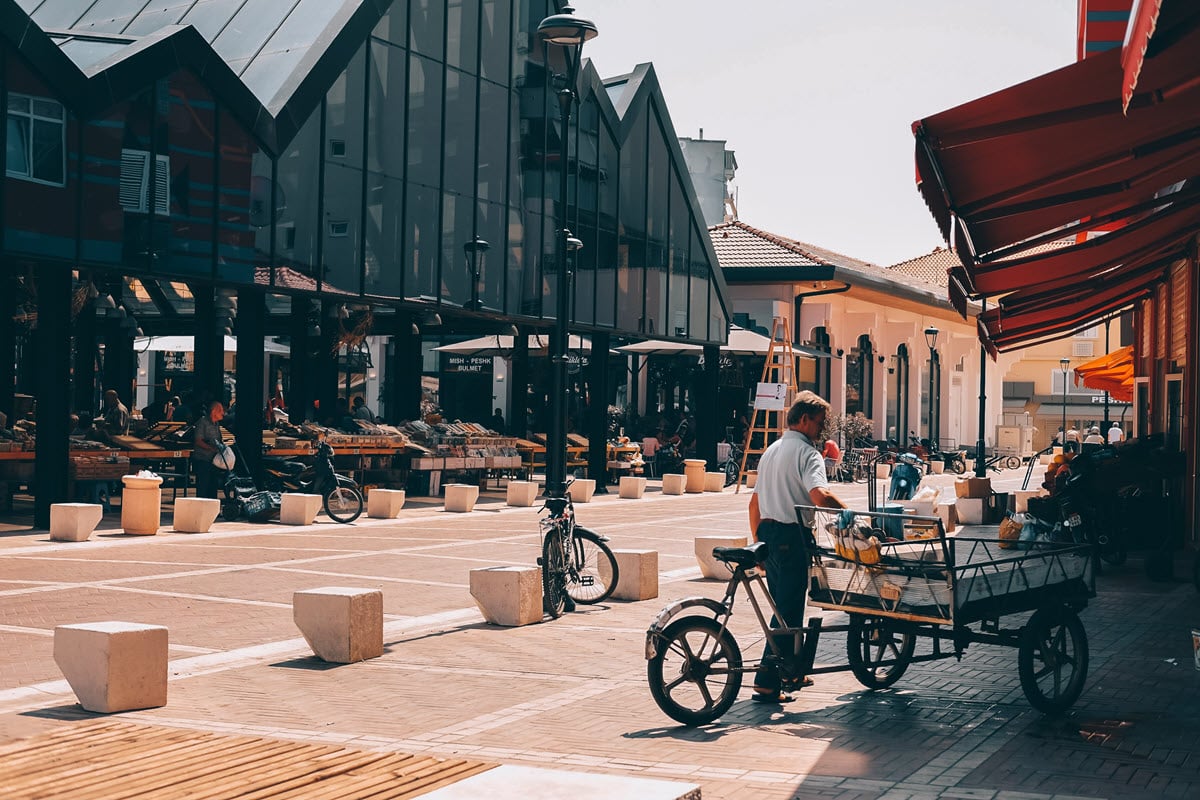Albania is a country located on the Balkan Peninsula in southeastern Europe. It has a coastline at both the Adriatic and the Ionian Sea. The country is slightly smaller than Belgium or the U.S. state of Maryland as it covers an area of 28,748 square km (12 000 square mi). In 2020 it has a population of 2.838 million people.
Albania is known for being one of the world’s most isolated countries as its former communist leader sealed the nation’s borders until 1991. Today it’s becoming a hot spot for tourism as it has long stretches of incredible coastline, well-preserved ancient cities and incredible mountains known as the Albanian Alps.
Tirana
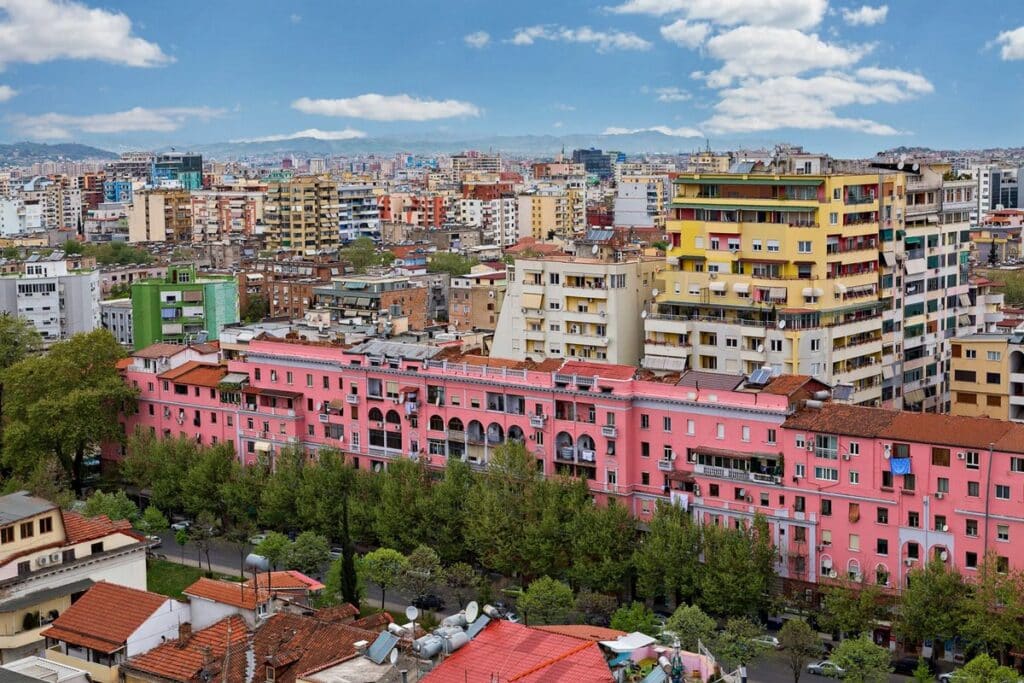
Many people that don’t spend some time in Tirana have an unfavorable option about the capital. However, it’s one of those cities that once you spend some time in it you quickly realize is a hidden gem. It’s a young and lively city with a vibrant cafe and nightlife scene.
You’ll also find it surprisingly colorful which is definitely not something you’d expect from a former communist capital. Until the 90s it was a grey city, but a former mayor who was also an artist decided to put some life into the capital by giving it more colors so today you’ll find buildings in a range of bright colors.
The Pyramid of Tirana
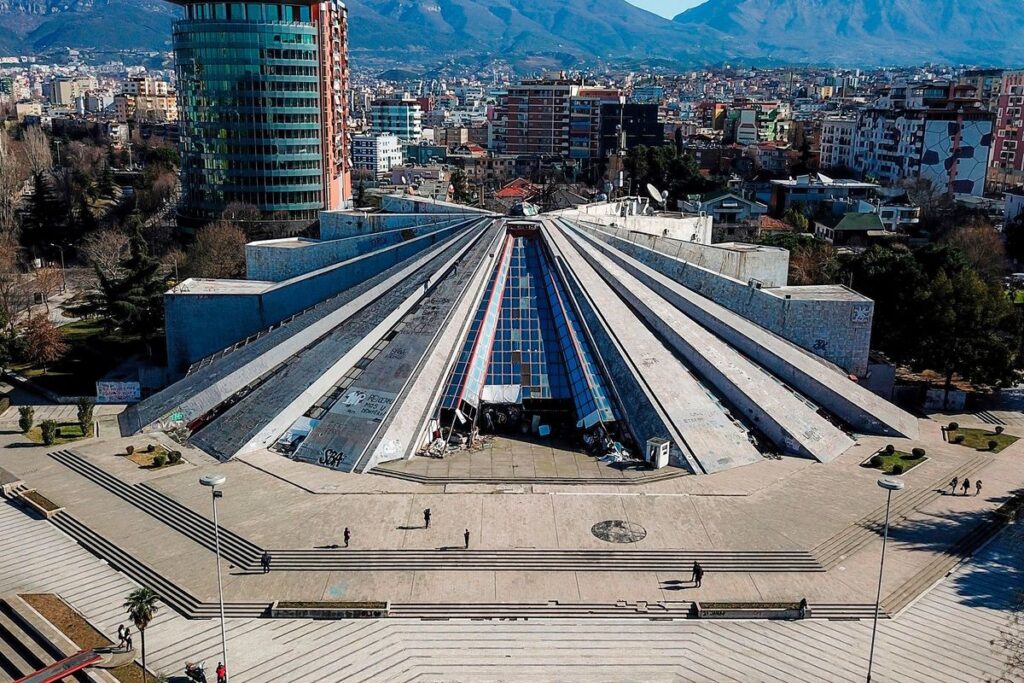
The Pyramid of Tirana is probably the most controversial landmark in Tirana. Dictator Enver Hoxha’s daughter and son-in-law built the museum to keep the leader’s legacy alive. This earned the site the unofficial name of “The Enver Hoxha Mausoleum”.
It only stayed a museum until 1991 when communism ended in Europe. The pyramid was then converted into a convention center, followed by being a military staging area and lastly a television station.
These changes and the local’s feeling towards the pyramid have led it to become nothing more than a dilapidated structure that kids enjoy sliding down from.
Bunk’Art
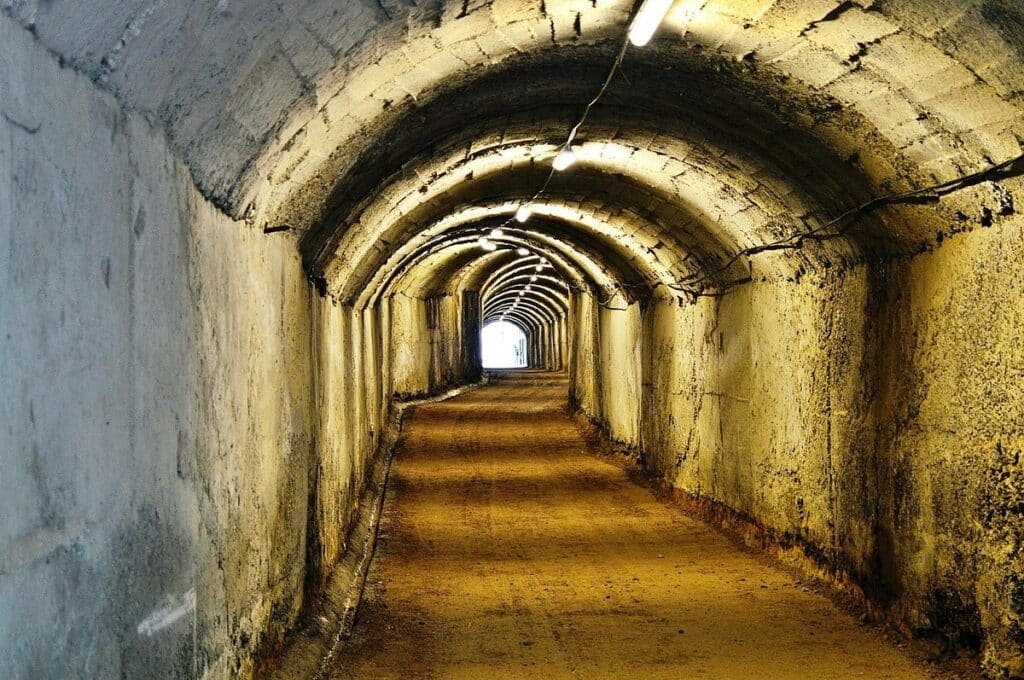
Enver Hoxha was paranoid about an attack from a foreign power. So he went on to construct thousands of bunkers across the country to protect the country’s ruling elite against war. Today it’s estimated that there are over 750 000 bunkers scattered across the country. This put an enormous burden on the country financially and fortunately never had to be used.
One of the most famous bunkers is Bunk’Art. It’s a massive bunker just outside of Tirana that has been turned into a contemporary art museum.
Other bunkers across the country have been transformed into everything from nightclubs and museums to homes.
Tirana Museum
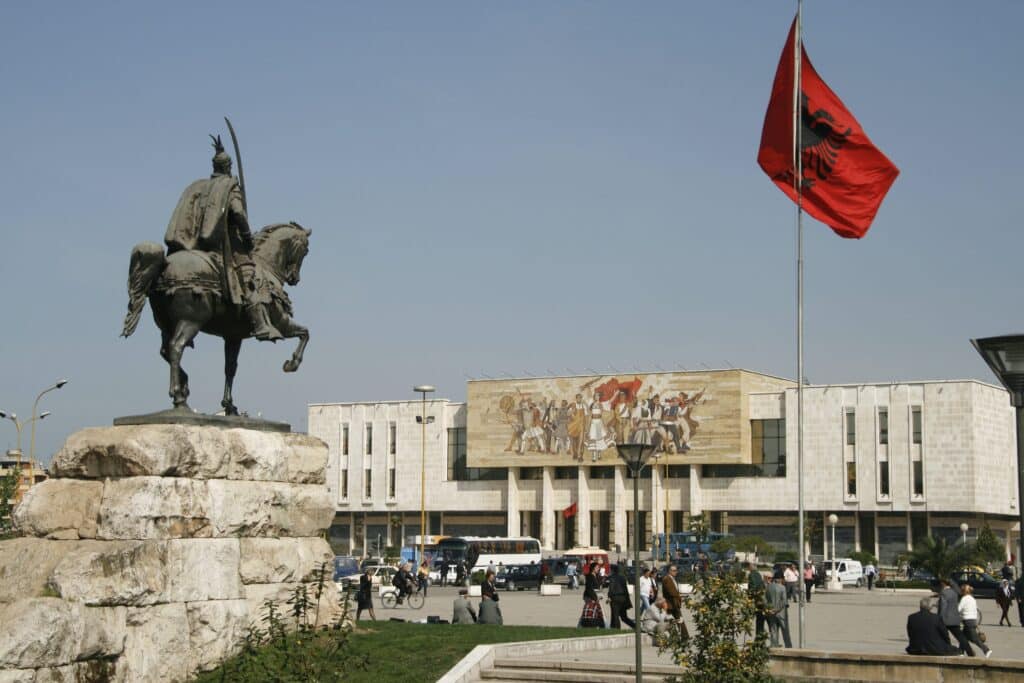
This is the largest museum in Albania and is home to the country’s most prized archaeological treasures. There are a large number of pavilions that takes the visitor chronologically from the ancient Illyria Era to the post-communist era.
The museum also features an incredible collection of artifacts from the ancient Greek and Roman times. One of the latest additions to the museum is devoted to the Albanians that suffered prosecution under the repressive communist regime.
You’ll instantly recognize the museum thanks to the massive mosaic adorning the museum’s facade. It illustrates proud Albanians from Illyrian times to WW2.
Ksamil and its uninhabited island
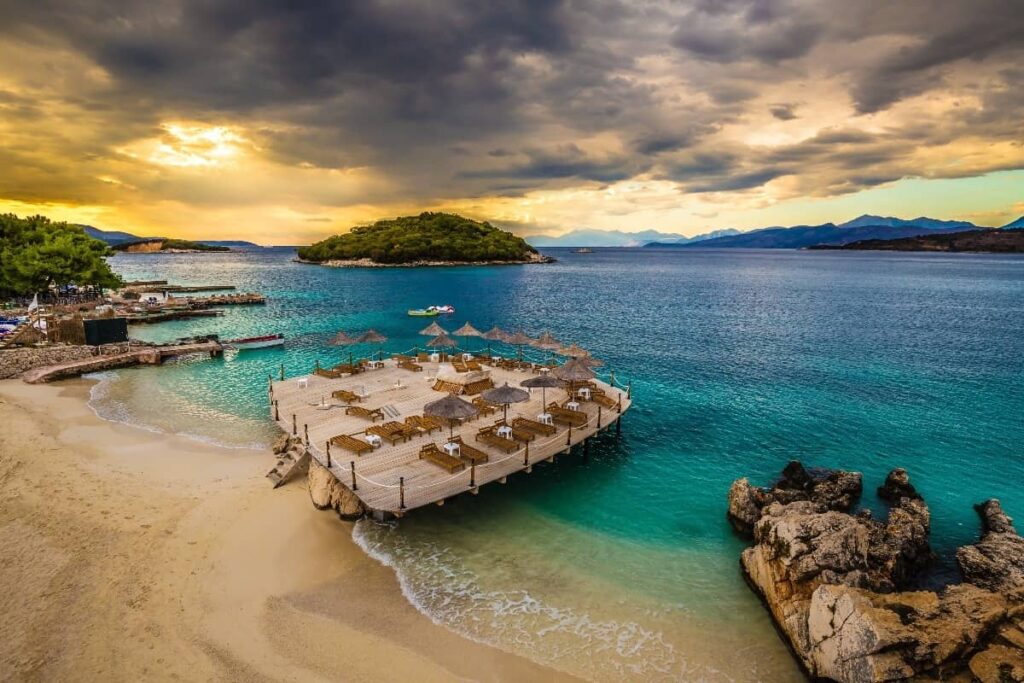
Ksamil is the country’s top beach destination. Ksamil is a small village in southern Albania, also accessible from Corfu, Greece by ferry. It’s known for its long stretches of white sandy beaches and crystal clear waters. Some visitors say it feels like you are in Bora Bora.
Despite it attracting more and more foreign tourists, it’s still not as crowded as beaches in Greece or Italy, making this a fantastic destination for your summer trip. You can also visit four beautiful uninhabited islands relatively close to the town by boat.
The Old Capital of Kruja
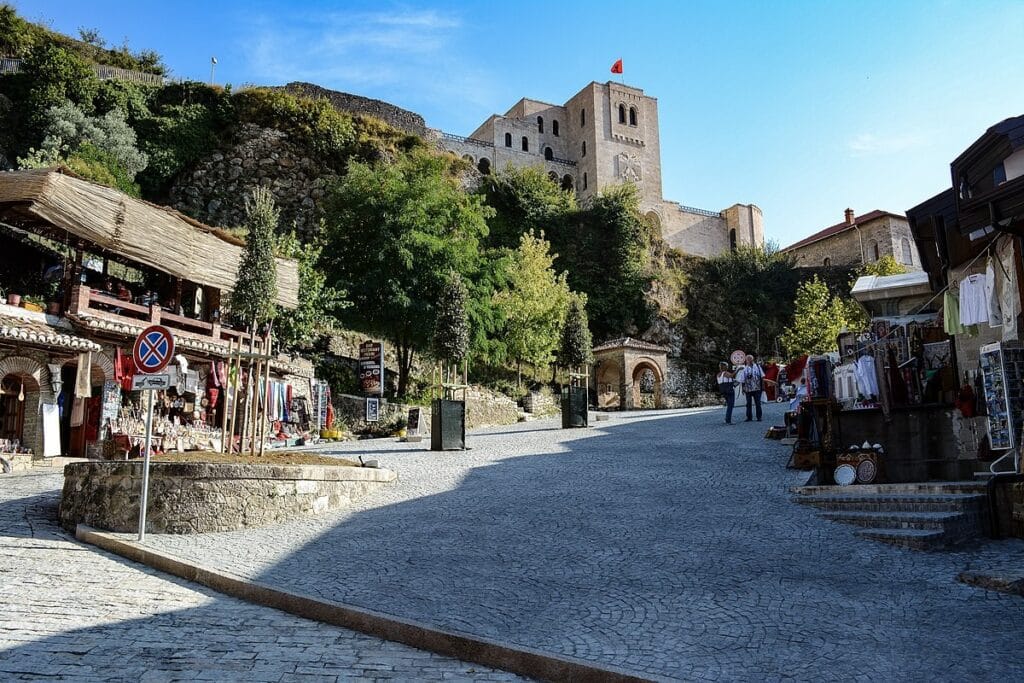
The quaint town of Kruja is only a short trip away from Tirana. It’s home to an incredible ethnographic museum, but it’s most well-known for the Skanderbeg museum located in the town’s castle. Kruja was home to Skanderbeg, a national hero for fighting the Ottoman Empire.
Kruja also used to be the country’s capital, but today it’s only a tiny village nestled at the foot of Mount Kruja. Wander around the city’s ancient streets and shop for local artisan goods for the perfect day trip from Tirana.
Butrint National Park and Butrint City
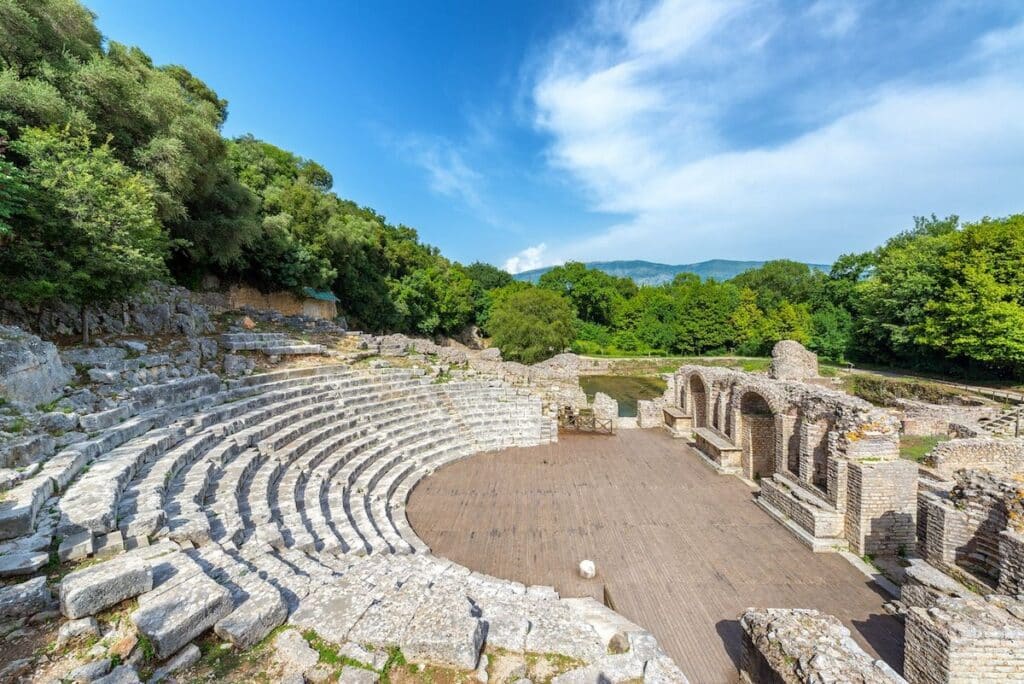
Butrint is the country’s first site to be granted UNESCO World Heritage Site. Butrint is an ancient city with 3000 years of history. People have inhabited it since prehistoric times, and the city has been both a Greek and Roman colony throughout its long history.
Butrint is a microcosm of the history of the Mediterranean. What is left today is a collection of monuments ranging from the 4th century Hellenistic period to the structures the Ottomans built in the 19th century. Give yourself at least 2-3 hours to wander this great site.
Berat
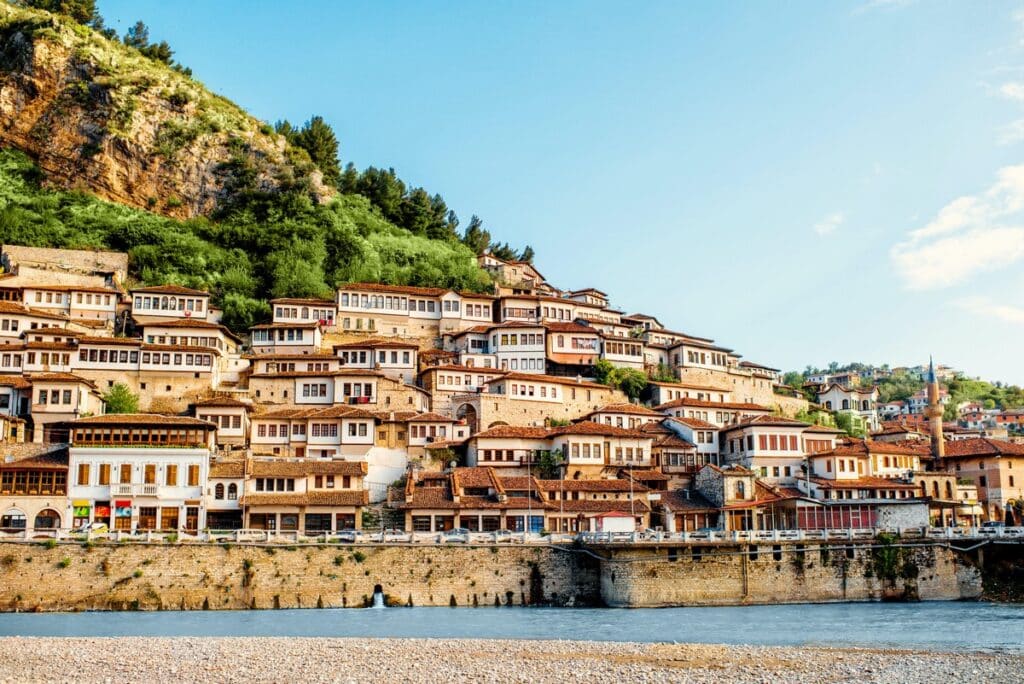
Berat is known as the town of a thousand windows. As soon as you visit and see the collection of white Ottoman houses scattered on the hill, with its large windows staring at you like eyes, you’ll quickly understand the nickname.
Berat is one of the country’s top tourist destinations, as well as being a UNESCO World Heritage Site. However, it has managed to keep its charm and laid-back atmosphere despite this increase in popularity in recent years.
Gjirokastër – The Stone City
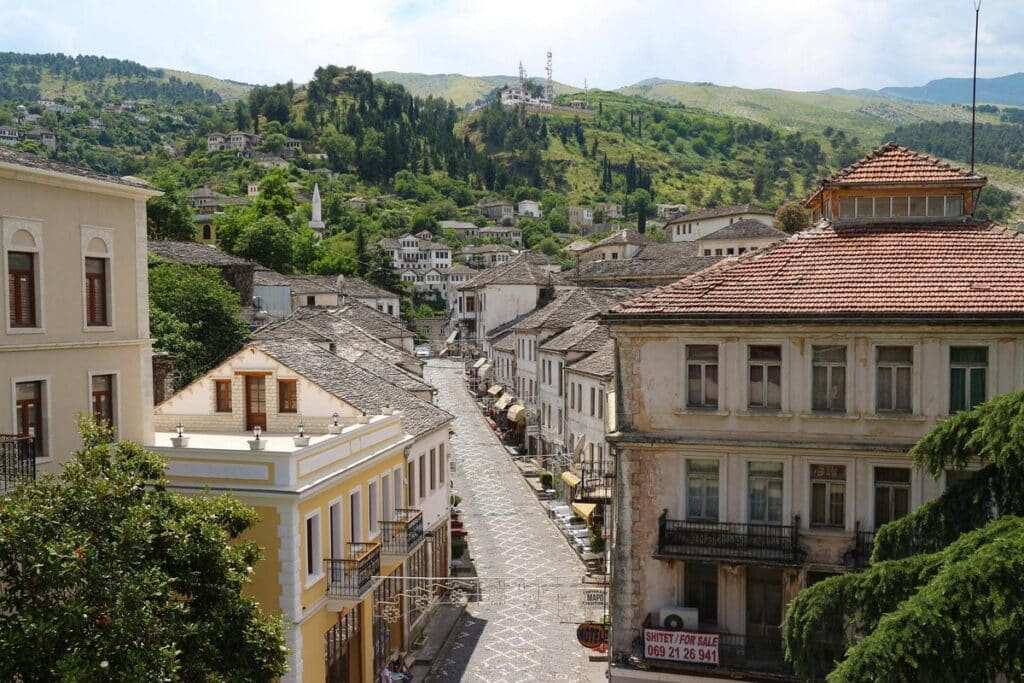
Gjirokastër, a UNESCO World Heritage Site, is renowned for its well-preserved city of authentic architecture and the intensive use of stone in its construction. As a result, the houses almost look like small fortresses as they line the quaint cobblestoned streets.
The city is also known as the birthplace of two influential figures in the country’s history. Nobel-laureate writer, Ismail Kadare, was born here, but also the notorious communist leader Enver Hoxha.
The town is also known for having Albania’s biggest castle: Gjirokastër Fortress. It houses a fantastic museum of weapons and where the Gjirokastër National Folklore Festival is held every five years.
Blue Eye
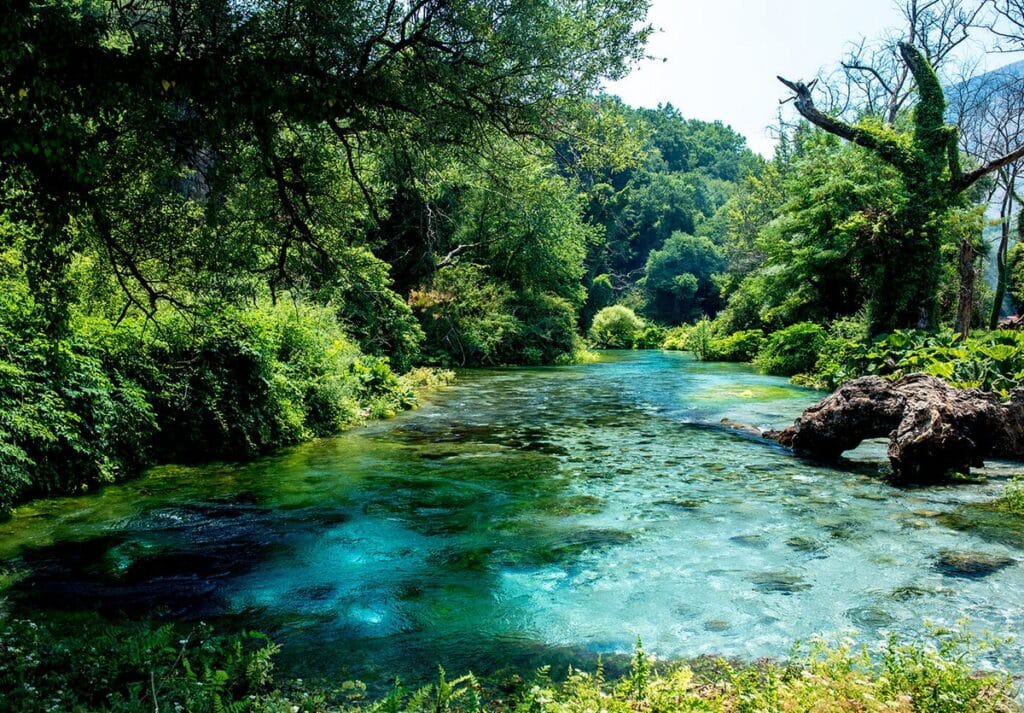
You can’t visit Albania without stopping to see the magical Blue Eye. The Blue Eye is a water spring with incredibly clear light blue bubbles in a pool that’s estimated to be more than 50-meters (164 ft) deep.
Even though divers have descended to this depth, they still aren’t sure how deep the hole actually is. However, it is so clear that you are able to basically see the bottom.
Shkoder
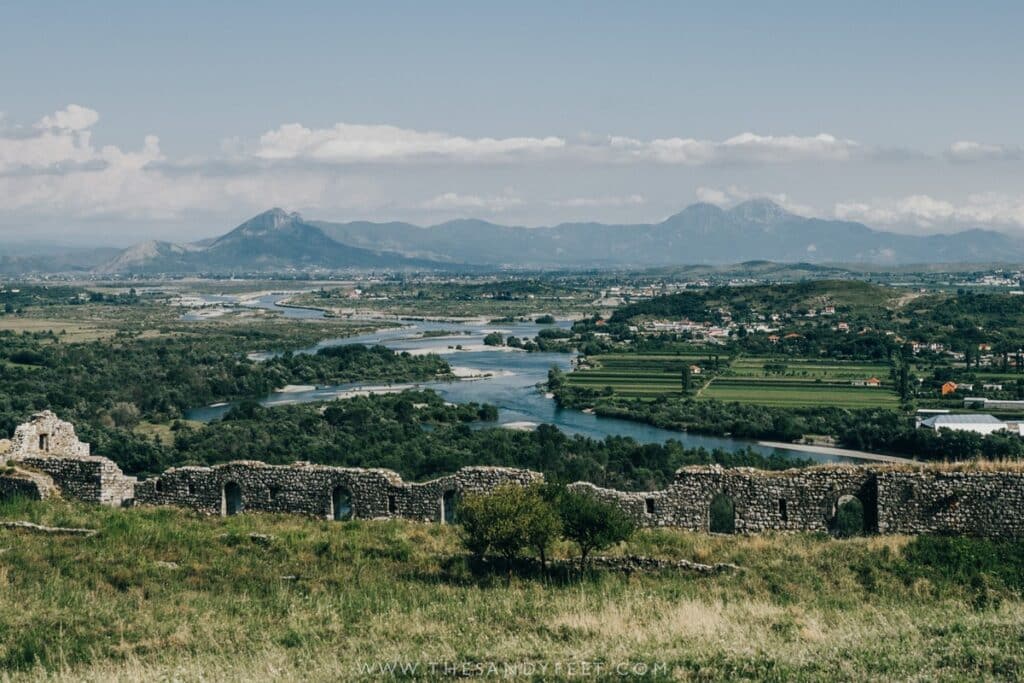
Shkoder is believed to be one of the oldest cities on the continent. It’s also seen as Albian’s cultural heartland. Stroll its beautiful narrow streets and see the oldest Ottoman bridge over the town’s river, Kir. If you are a hiker, you’ll most likely pass by this ancient town as it serves as the gateway to some of the country’s best hikes.
Beautiful Coastline
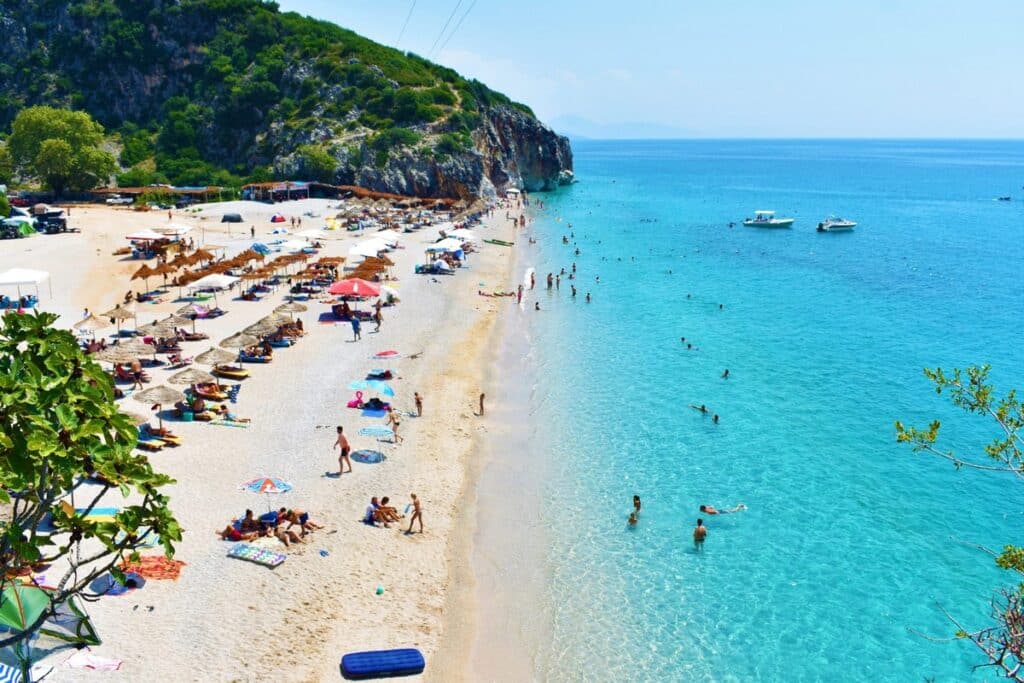
Albania boasts 476km (296 mi) of stunning coastline on the Adriatic and Ionian Seas. Despite this idyllic coastline being just north of Greece and facing the heel of Italy, it’s not overcrowded with tourists. This makes the country the perfect destination for a European Summer break without the mass tourism leading you to fight for a spot on the beach.
Lake Komani Ferry
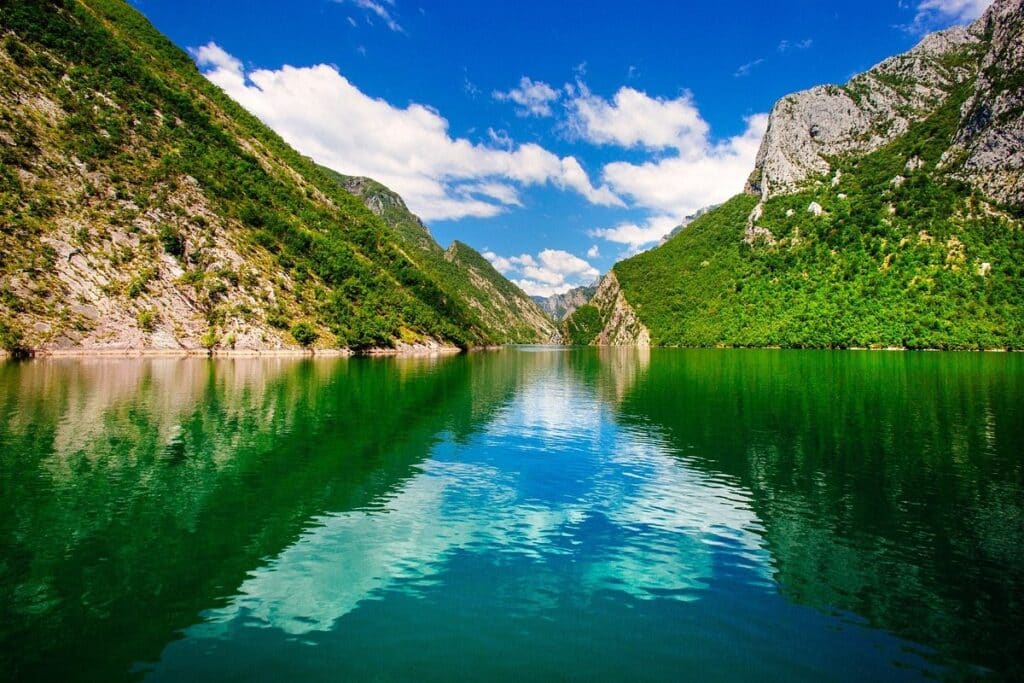
The Lake Komani ferry is frequently touted as one of the most beautiful ferry rides in the world. Funnily enough it wasn’t created as a tourist attraction. It’s just a simple unassuming ferry ride that’s grown to become one of the top tourist highlights in the country.
The ferry makes it way through the most beautiful mountains giving you an almost surreal feeling. The ferry is also part of one of the most famous hikes in the country: the Valbona to Theth hike.
The Albanian Alps
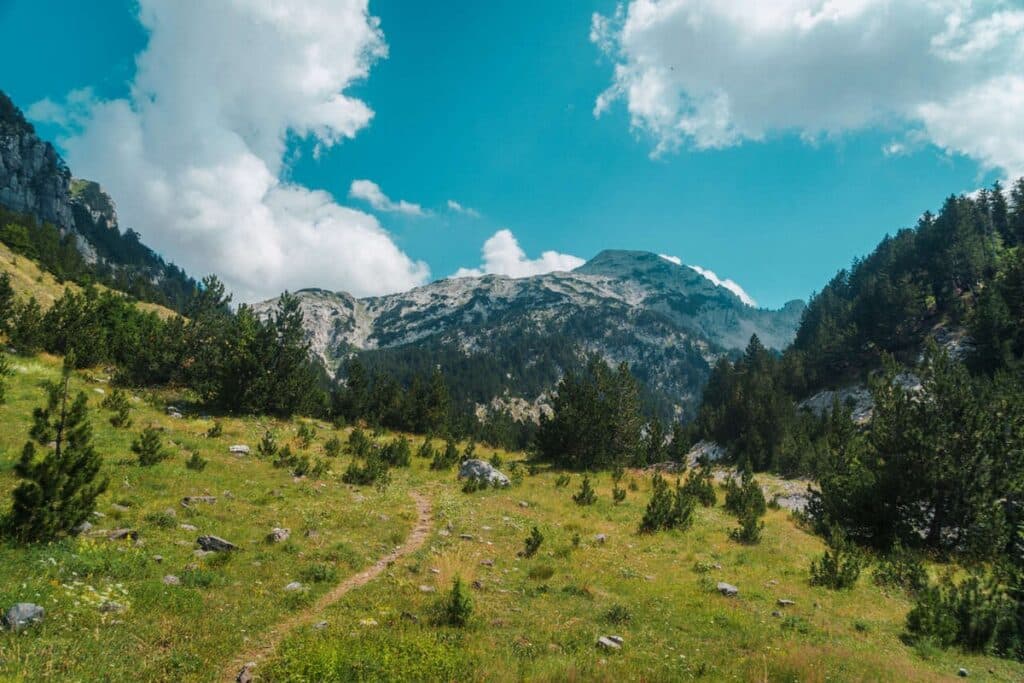
The Albanian Alps is a nature-lover’s dream. The Albanian Alps is a region that includes the National Parks of Thethi, Valbona and the Region of Kelmendi. The mountains here also known as the “Accursed Mountains” and they are barely accessible save for a series of high passes that link a handful of farmsteads to the outside world during the summer months.
Theth
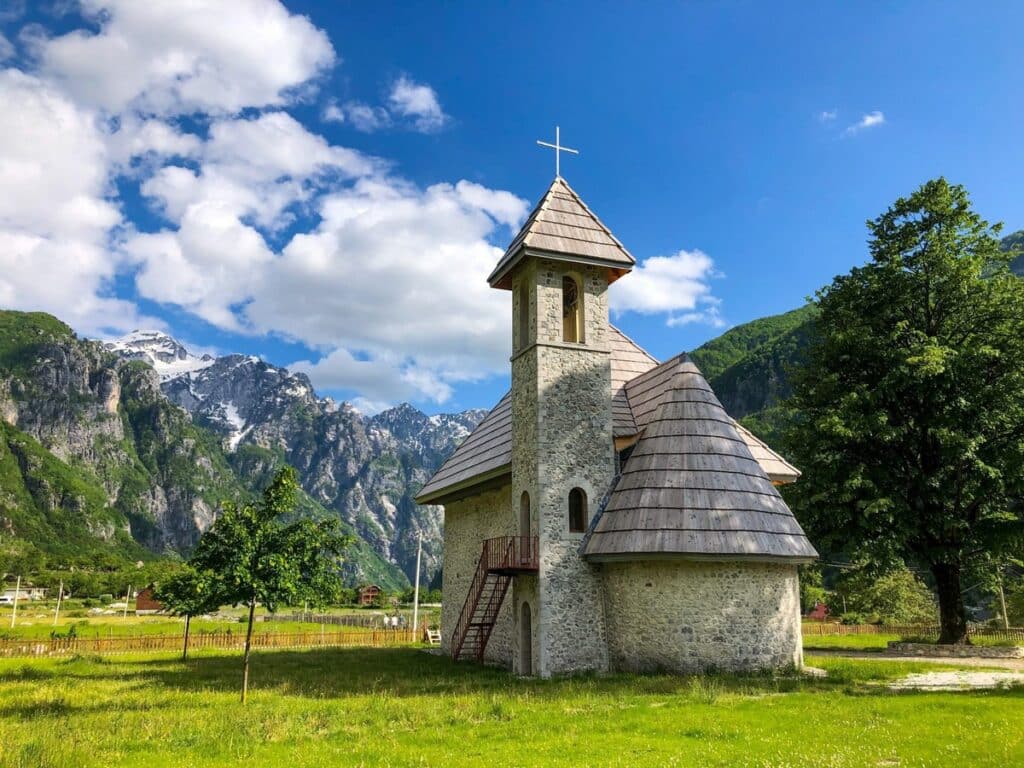
Theth is a small village within the Shkodër County, that the Albanian Government has declared as a Protected Historic Center. This little town is the centre of the Theth National Park. An incredibly beautiful area that’s turned into a hiker’s mecca.
The region is very isolated and that’s really part of the area’s charm. The town of Theth is even completely inaccessible during the winter months. In summer only about 20 families live in town to keep the guesthouses and store running. This is the ultimate off-the-beaten path destination for adventurous travelers.
Traditional Folk Dances
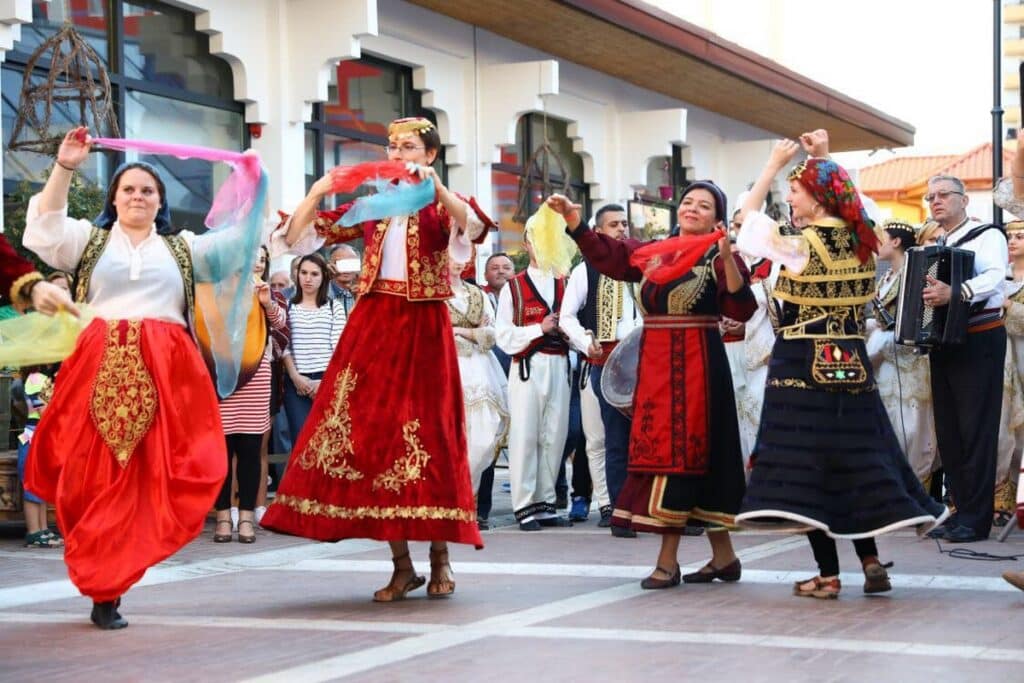
Albania has a long and proud history of folk dances with a variety of costumes, music and types of dances. As a tourist you can enjoy a special performance in some restaurants. However, for the ultimate cultural experience you can join an Albanian folk dance tour. During this tour you learn actual dances, but you also visit various historic, cultural and religious sites.
Unique Cultural Quirks
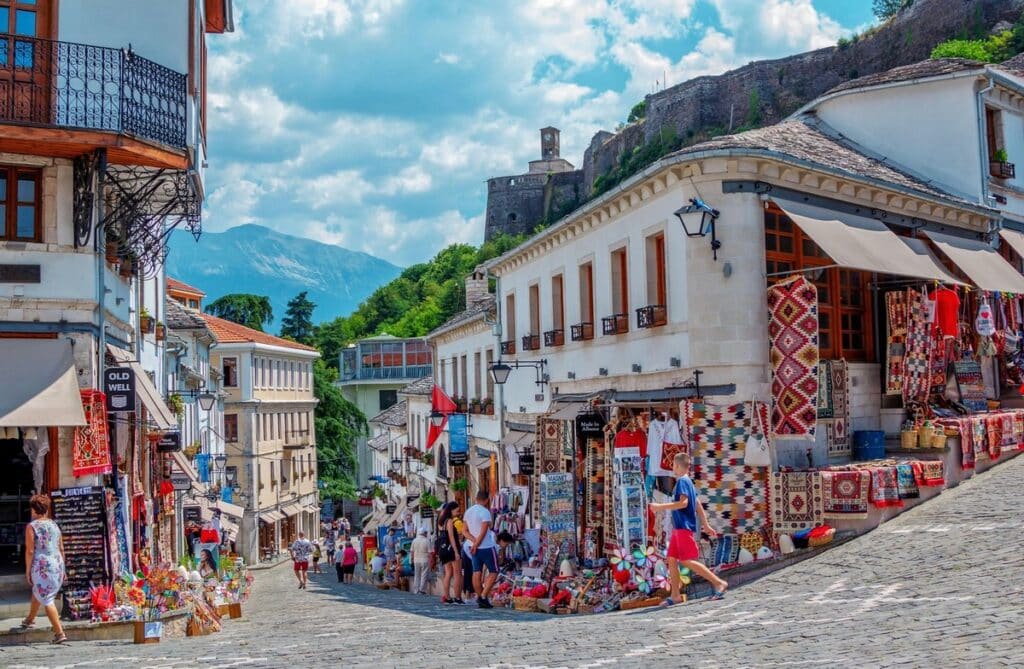
If you ask a local a yes or no question, you better keep your wits about you as Albanians shake their head when they mean “yes” and nod when they mean “no”.
Albanians are also known for their incredible hospitality. After years of being completely cut off from the outside world, locals are eager to welcome tourists as guests to their beautiful country. Most of Europe suffers from over-tourism with some local populations trying to push back on attracting more tourists. You can expect the complete opposite reaction in this beautiful, undiscovered country.
